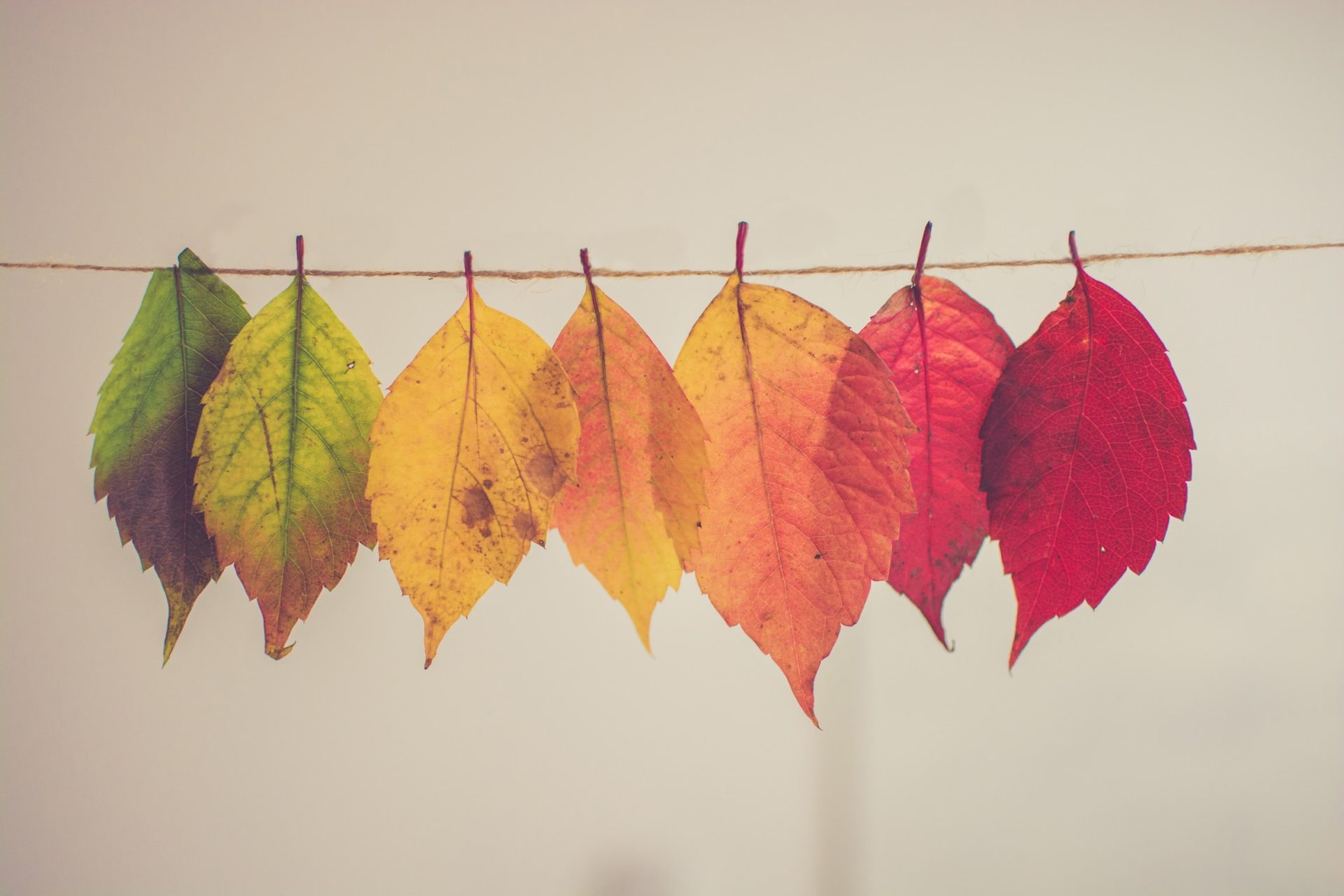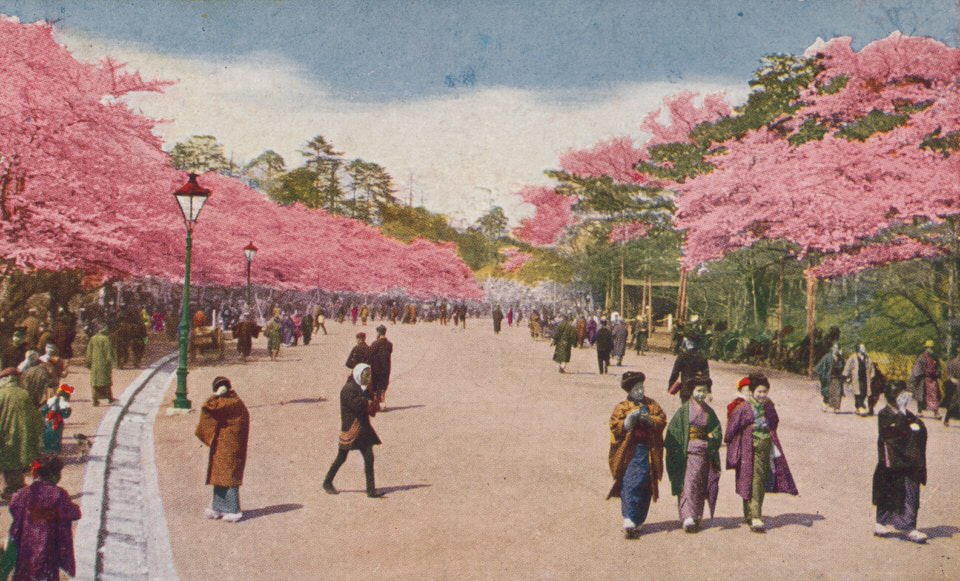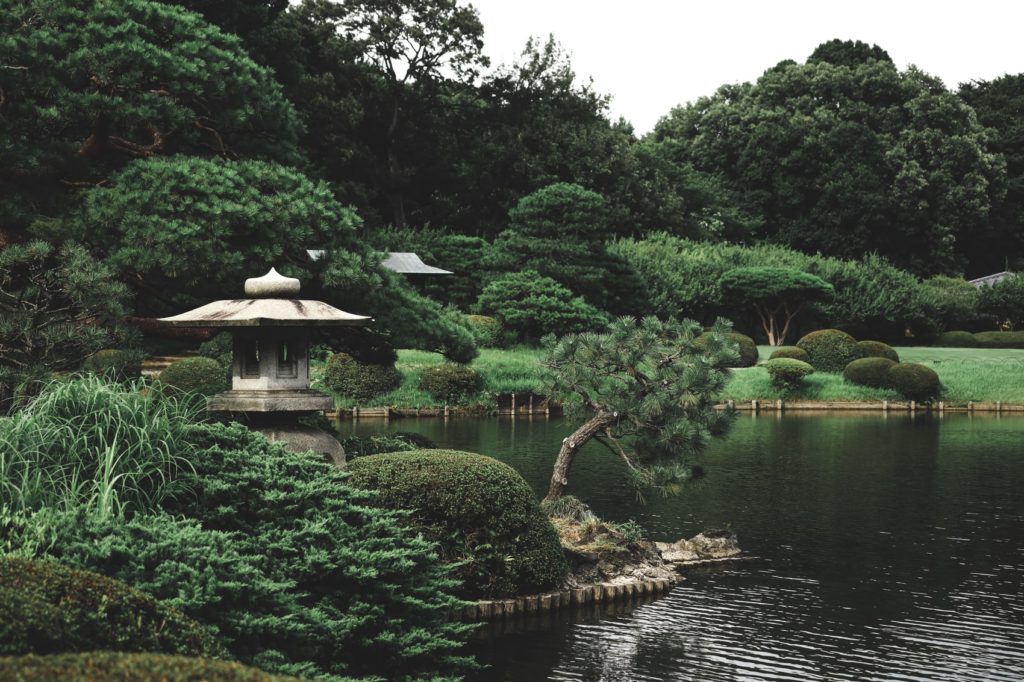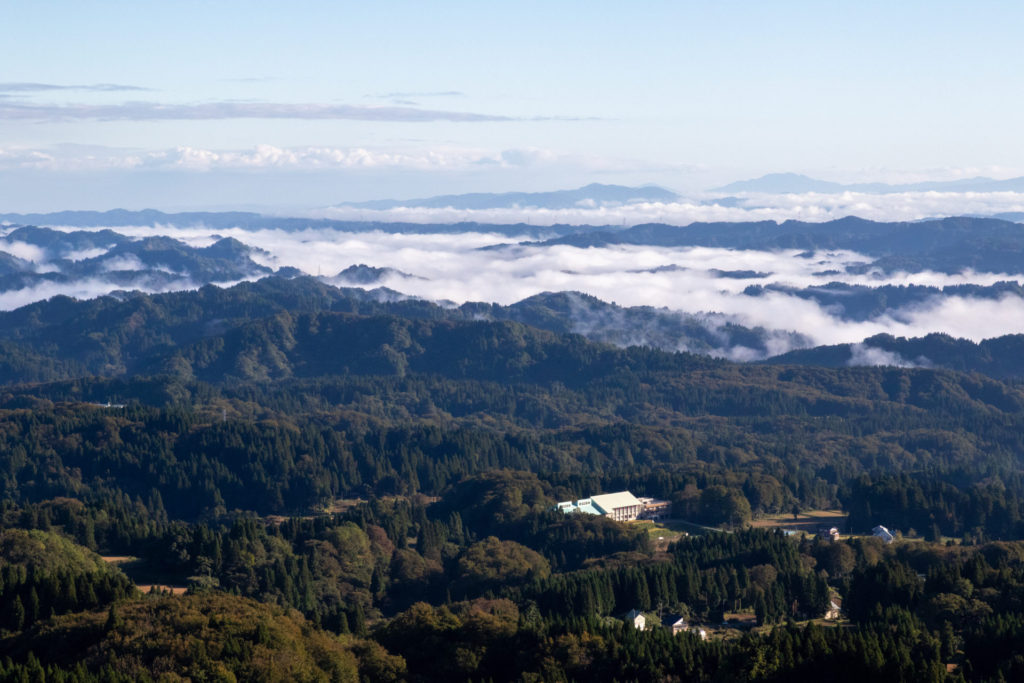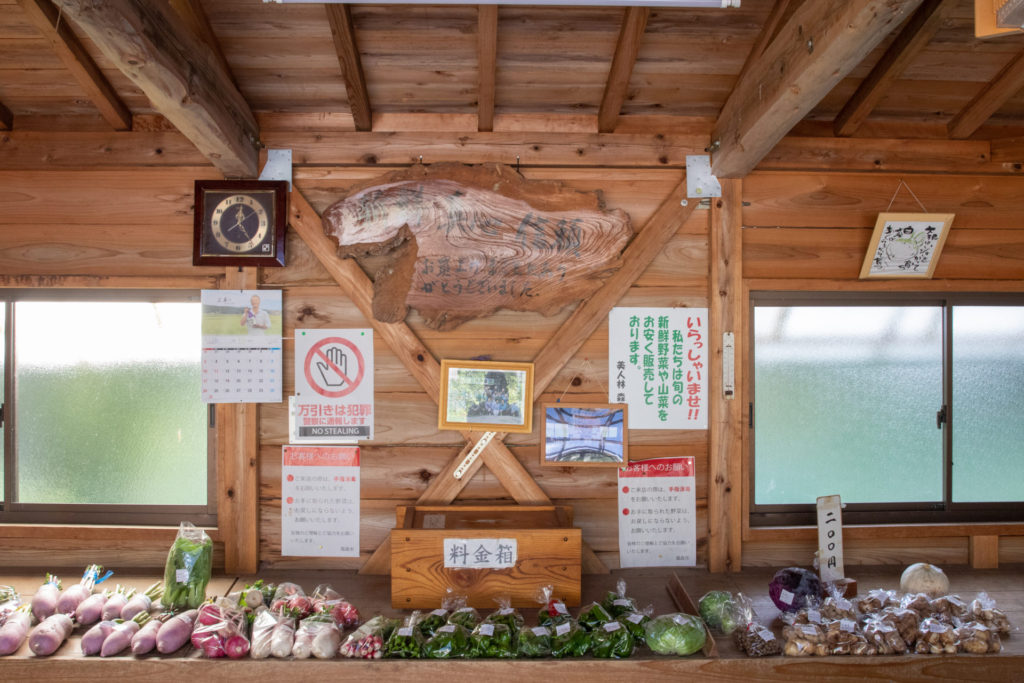Japan has four distinct seasons: spring, summer, autumn and winter. By further dividing the four seasons, people sensed the seasons and made use of them in their daily lives. In particular, from ancient times, the 24 solar terms have been useful in agricultural work in order to know the seasons more accurately. I would like to introduce the 24 solar terms and the 72 seasons that have been familiar to the Japanese people since ancient times.
What are 24 Solar terms and 72 pentads?
Japan's four seasons are subdivided into 24 Solar terms, and the 24 seasons are further divided into 72 pentads. In 72 pentads, natural phenomena and the behavior of plants and animals are expressed in short words to show the seasonal changes in more detail.
The Origin of 24 Solar terms in China
Since 24 Solar terms originally came from China, there was a problem of discrepancies between the seasons in China and Japan. It is said that the Japanese took the Chinese lunar calendar and 24 Solar terms and shaped them to match the actual Japan's monsoon climate. (1)
Details of 24 Solar terms
24 solar terms are as follows:
| 二十四節気名 | Explanation | Date | |
|---|---|---|---|
| Spring | 立春(Risshun) | Beginning of Spring; Coldest days are almost over and we can feel the sign of spring. | 2/4 |
| Spring | 雨水(Usui) | Rain Water; It becomes warmer. Snow and ice starts melting and snow becomes rain. | 2/19 |
| Spring | 啓蟄(Keichitsu) | Insects Awakening; Insects come out of hibernation. | 3/5 |
| Spring | 春分(Shunbun) | Spring Equinox; Length of day and night becomes nearly equal. | 3/21 |
| Spring | 清明(Seimei) | Fresh Green; Everything looks fresh and pure. | 4/5 |
| Spring | 穀雨(Kokuu) | Grain Rain; Spring rain showers for grains. | 4/20 |
| Summer | 立夏(Rikka) | Beginning of Summer; We feel the sign of Summer. | 5/5 |
| Summer | 小満(Shoman) | Lesser Fullness; Everything grows. | 5/21 |
| Summer | 芒種(Boshu) | Grain in Ear; Time to plant grains | 6/6 |
| Summer | 夏至(Geshi) | Summer Solstice; Length of day becomes longest. | 6/21 |
| Summer | 小暑(Shousho) | Lesser Heat; Times when the rainy season ends and it becomes hot | 7/7 |
| Summer | 大暑(Taisho) | Greater Heat; Hottest days | 7/23 |
| Fall | 立秋(Rishu) | Beginning of Autumn; Times when we feel the sign of fall | 8/8 |
| Fall | 処暑(Shosho) | End of Heat; Times when we feel less heat | 8/23 |
| Fall | 白露(Hakuro) | White Dew; White dew stays on the grass. | 9/8 |
| Fall | 秋分(Shuubun) | Autumnal Equinox; Length of day and night becomes nearly equal. | 9/23 |
| Fall | 寒露(Kanro) | Cold Dew; Cold dews drops on wild grasses. | 10/8 |
| Fall | 霜降(Souko) | First Frost; Times when frost falls | 10/24 |
| Winter | 立冬(Ritto) | Beginning of Winter; Times when we feel the sign of winter | 11/7 |
| Winter | 小雪(Shousetsu) | Light Snow; Chilly Season. Rain becomes Snow. | 11/22 |
| Winter | 大雪(Taisetsu) | Heavy Snow; Snow starts falling | 12/7 |
| Winter | 冬至(Toji) | Winter Solstice; Times when the length of a day becomes shortest | 12/21 |
| Winter | 小寒(Shokan) | Lesser Cold; Start of cold season | 1/5 |
| Winter | 大寒(Daikan) | Greater Cold; Coldest days | 1/21 |
Details of 72 pentads
72 pentads are as follows:
| 立春 Risshun (Beginning of spring) | February 4–8 | 東風解凍 Harukaze kōri o toku | East wind melts the ice |
| 立春 Risshun (Beginning of spring) | February 9–13 | 黄鶯睍睆 Kōō kenkan su | Bush warblers start singing in the mountains |
| 立春 Risshun (Beginning of spring) | February 14–18 | 魚上氷 Uo kōri o izuru | Fish emerge from the ice |
| 雨水 Usui (Rainwater) | February 19–23 | 土脉潤起 Tsuchi no shō uruoi okoru | Rain moistens the soil |
| 雨水 Usui (Rainwater) | February 24–28 | 霞始靆 Kasumi hajimete tanabiku | Mist starts to linger |
| 雨水 Usui (Rainwater) | March 1–5 | 草木萌動 Sōmoku mebae izuru | Grass sprouts, trees bud |
| 啓蟄 Keichitsu (Insects awaken) | March 6–10 | 蟄虫啓戸 Sugomori mushito o hiraku | Hibernating insects surface |
| 啓蟄 Keichitsu (Insects awaken) | March 11–15 | 桃始笑 Momo hajimete saku | First peach blossoms |
| 啓蟄 Keichitsu (Insects awaken) | March 16–20 | 菜虫化蝶 Namushi chō to naru | Caterpillars become butterflies |
| 春分 Shunbun (Spring equinox) | March 21–25 | 雀始巣 Suzume hajimete sukū | Sparrows start to nest |
| 春分 Shunbun (Spring equinox) | March 26–30 | 櫻始開 Sakura hajimete saku | First cherry blossoms |
| 春分 Shunbun (Spring equinox) | March 31–April 4 | 雷乃発声 Kaminari sunawachi koe o hassu | Distant thunder |
| 清明 Seimei (Pure and clear) | April 5–9 | 玄鳥至 Tsubame kitaru | Swallows return |
| 清明 Seimei (Pure and clear) | April 10–14 | 鴻雁北 Kōgan kaeru | Wild geese fly north |
| 清明 Seimei (Pure and clear) | April 15–19 | 虹始見 Niji hajimete arawaru | First rainbows |
| 穀雨 Kokuu (Grain rains) | April 20–24 | 葭始生 Ashi hajimete shōzu | First reeds sprout |
| 穀雨 Kokuu (Grain rains) | April 25–29 | 霜止出苗 Shimo yamite nae izuru | Last frost, rice seedlings grow |
| 穀雨 Kokuu (Grain rains) | April 30–May 4 | 牡丹華 Botan hana saku | Peonies bloom |
| 立夏 Rikka (Beginning of summer) | May 5–9 | 蛙始鳴 Kawazu hajimete naku | Frogs start singing |
| 立夏 Rikka (Beginning of summer) | May 10–14 | 蚯蚓出 Mimizu izuru | Worms surface |
| 立夏 Rikka (Beginning of summer) | May 15–20 | 竹笋生 Takenoko shōzu | Bamboo shoots sprout |
| 小満 Shōman (Lesser ripening) | May 21–25 | 蚕起食桑 Kaiko okite kuwa o hamu | Silkworms start feasting on mulberry leaves |
| 小満 Shōman (Lesser ripening) | May 26–30 | 紅花栄 Benibana sakau | Safflowers bloom |
| 小満 Shōman (Lesser ripening) | May 31–June 5 | 麦秋至 Mugi no toki itaru | Wheat ripens and is harvested |
| 芒種 Bōshu (Grain beards and seeds) | June 6–10 | 蟷螂生 Kamakiri shōzu | Praying mantises hatch |
| 芒種 Bōshu (Grain beards and seeds) | June 11–15 | 腐草為螢 Kusaretaru kusa hotaru to naru | Rotten grass becomes fireflies |
| 芒種 Bōshu (Grain beards and seeds) | June 16–20 | 梅子黄 Ume no mi kibamu | Plums turn yellow |
| 夏至 Geshi (Summer solstice) | June 21–26 | 乃東枯 Natsukarekusa karuru | Self-heal withers |
| 夏至 Geshi (Summer solstice) | June 27–July 1 | 菖蒲華 Ayame hana saku | Irises bloom |
| 夏至 Geshi (Summer solstice) | July 2–6 | 半夏生 Hange shōzu | Crow-dipper sprouts |
| 小暑 Shōsho (Lesser heat) | July 7–11 | 温風至 Atsukaze itaru | Warm winds blow |
| 小暑 Shōsho (Lesser heat) | July 12–16 | 蓮始開 Hasu hajimete hiraku | First lotus blossoms |
| 小暑 Shōsho (Lesser heat) | July 17–22 | 鷹乃学習 Taka sunawachi waza o narau | Hawks learn to fly |
| 大暑 Taisho (Greater heat) | July 23–28 | 桐始結花 Kiri hajimete hana o musubu | Paulownia trees produce seeds |
| 大暑 Taisho (Greater heat) | July 29–August 2 | 土潤溽暑 Tsuchi uruōte mushi atsushi | Earth is damp, air is humid |
| 大暑 Taisho (Greater heat) | August 3–7 | 大雨時行 Taiu tokidoki furu | Great rains sometimes fall |
| 立秋 Risshū (Beginning of autumn) | August 8–12 | 涼風至 Suzukaze itaru | Cool winds blow |
| 立秋 Risshū (Beginning of autumn) | August 13–17 | 寒蝉鳴 Higurashi naku | Evening cicadas sing |
| 立秋 Risshū (Beginning of autumn) | August 18–22 | 蒙霧升降 Fukaki kiri matō | Thick fog descends |
| 処暑 Shosho (Manageable heat) | August 23–27 | 綿柎開 Wata no hana shibe hiraku | Cotton flowers bloom |
| 処暑 Shosho (Manageable heat) | August 28–September 1 | 天地始粛 Tenchi hajimete samushi | Heat starts to die down |
| 処暑 Shosho (Manageable heat) | September 2–7 | 禾乃登 Kokumono sunawachi minoru | Rice ripens |
| 白露 Hakuro (White dew) | September 8–12 | 草露白 Kusa no tsuyu shiroshi | Dew glistens white on grass |
| 白露 Hakuro (White dew) | September 13–17 | 鶺鴒鳴 Sekirei naku | Wagtails sing |
| 白露 Hakuro (White dew) | September 18–22 | 玄鳥去 Tsubame saru | Swallows leave |
| 秋分 Shūbun (Autumn equinox) | September 23–27 | 雷乃収声 Kaminari sunawachi koe o osamu | Thunder ceases |
| 秋分 Shūbun (Autumn equinox) | September 28–October 2 | 蟄虫坏戸 Mushi kakurete to o fusagu | Insects hole up underground |
| 秋分 Shūbun (Autumn equinox) | October 3–7 | 水始涸 Mizu hajimete karuru | Farmers drain fields |
| 寒露 Kanro (Cold dew) | October 8–12 | 鴻雁来 Kōgan kitaru | Wild geese return |
| 寒露 Kanro (Cold dew) | October 13–17 | 菊花開 Kiku no hana hiraku | Chrysanthemums bloom |
| 寒露 Kanro (Cold dew) | October 18–22 | 蟋蟀在戸 Kirigirisu to ni ari | Crickets chirp around the door |
| 霜降 Sōkō (Frost falls) | October 23–27 | 霜始降 Shimo hajimete furu | First frost |
| 霜降 Sōkō (Frost falls) | October 28–November 1 | 霎時施 Kosame tokidoki furu | Light rains sometimes fall |
| 霜降 Sōkō (Frost falls) | November 2–6 | 楓蔦黄 Momiji tsuta kibamu | Maple leaves and ivy turn yellow |
| 立冬 Rittō (Beginning of winter) | November 7–11 | 山茶始開 Tsubaki hajimete hiraku | Camellias bloom |
| 立冬 Rittō (Beginning of winter) | November 12–16 | 地始凍 Chi hajimete kōru | Land starts to freeze |
| 立冬 Rittō (Beginning of winter) | November 17–21 | 金盞香 Kinsenka saku | Daffodils bloom |
| 小雪 Shōsetsu (Lesser snow) | November 22–26 | 虹蔵不見 Niji kakurete miezu | Rainbows hide |
| 小雪 Shōsetsu (Lesser snow) | November 27–December 1 | 朔風払葉 Kitakaze konoha o harau | North wind blows the leaves from the trees |
| 小雪 Shōsetsu (Lesser snow) | December 2–6 | 橘始黄 Tachibana hajimete kibamu | Tachibana citrus tree leaves start to turn yellow |
| 大雪 Taisetsu (Greater snow) | December 7–11 | 閉塞成冬 Sora samuku fuyu to naru | Cold sets in, winter begins |
| 大雪 Taisetsu (Greater snow) | December 12–16 | 熊蟄穴 Kuma ana ni komoru | Bears start hibernating in their dens |
| 大雪 Taisetsu (Greater snow) | December 17–21 | 鱖魚群 Sake no uo muragaru | Salmon gather and swim upstream |
| 冬至 Tōji (Winter solstice) | December 22–26 | 乃東生 Natsukarekusa shōzu | Self-heal sprouts |
| 冬至 Tōji (Winter solstice) | December 27–31 | 麋角解 Sawashika no tsuno otsuru | Deer shed antlers |
| 冬至 Tōji (Winter solstice) | January 1–4 | 雪下出麦 Yuki watarite mugi nobiru | Wheat sprouts under snow |
| 小寒 Shōkan (Lesser cold) | January 5–9 | 芹乃栄 Seri sunawachi sakau | Parsley flourishes |
| 小寒 Shōkan (Lesser cold) | January 10–14 | 水泉動 Shimizu atataka o fukumu | Springs thaw |
| 小寒 Shōkan (Lesser cold) | January 15–19 | 雉始雊 Kiji hajimete naku | Pheasants start to call |
| 大寒 Daikan (Greater cold) | January 20–24 | 款冬華 Fuki no hana saku | Butterburs bud |
| 大寒 Daikan (Greater cold) | January 25–29 | 水沢腹堅 Sawamizu kōri tsumeru | Ice thickens on streams |
| 大寒 Daikan (Greater cold) | January 30–February 3 | 鶏始乳 Niwatori hajimete toya ni tsuku | Hens start laying eggs |
Reference: (1) Haruo Shirane Japan and the Culture of the Four Seasons Nature, Literature, and the Arts (Japanese Edition) (Kindle Locations 344-346). Kindle Edition.

